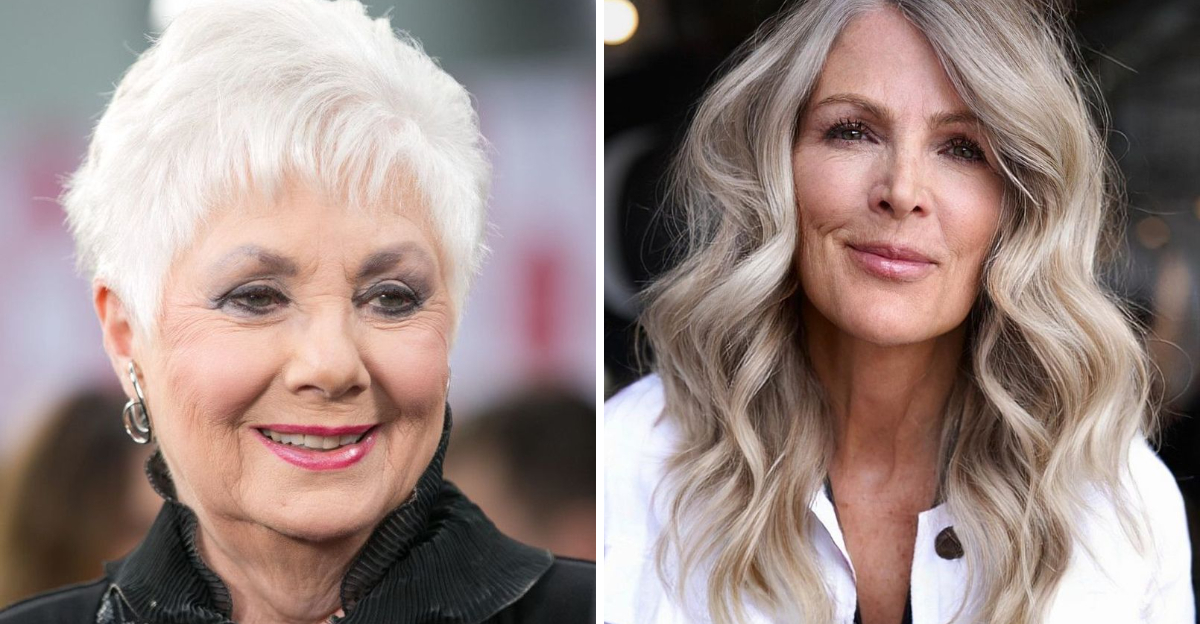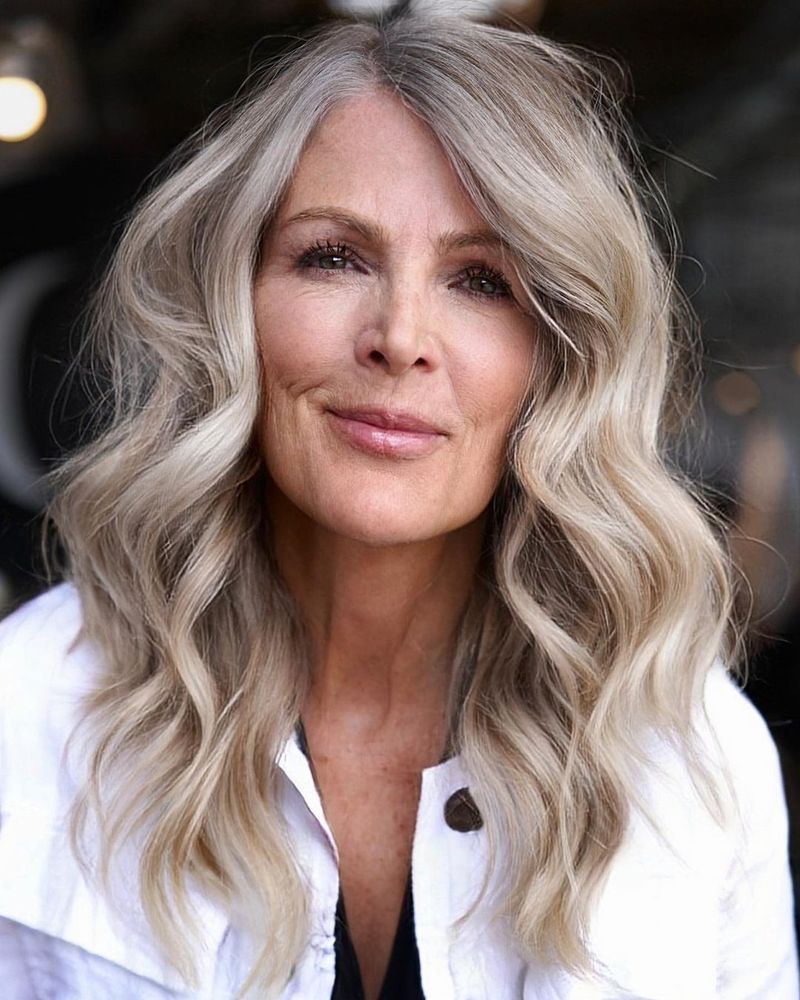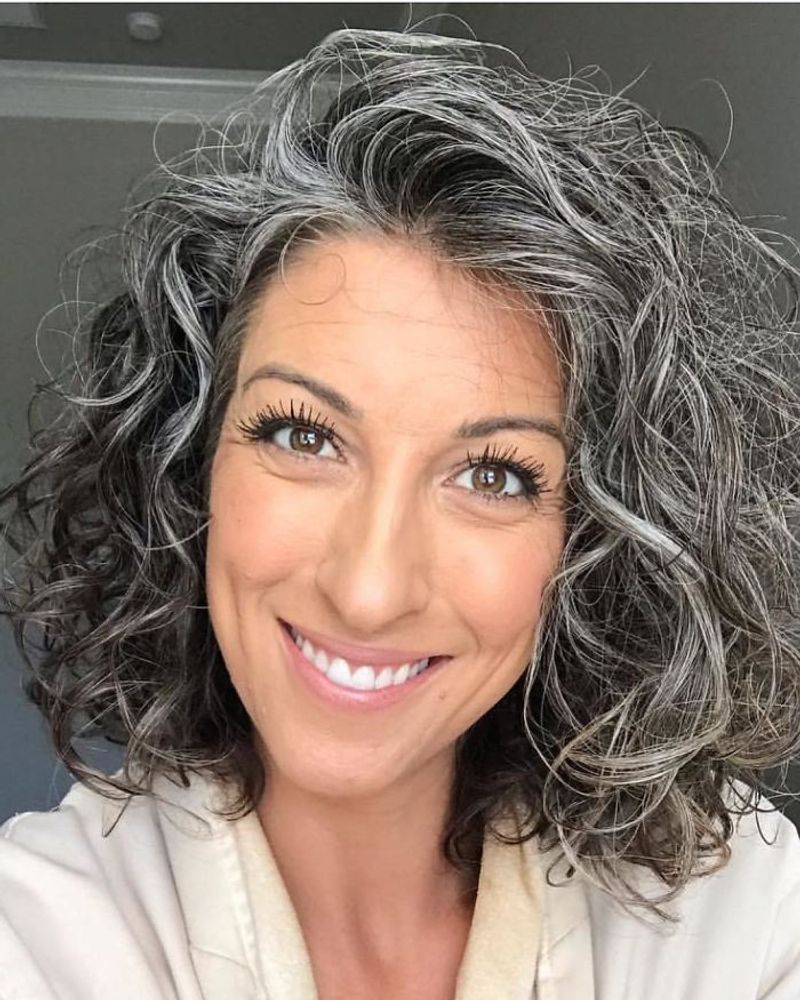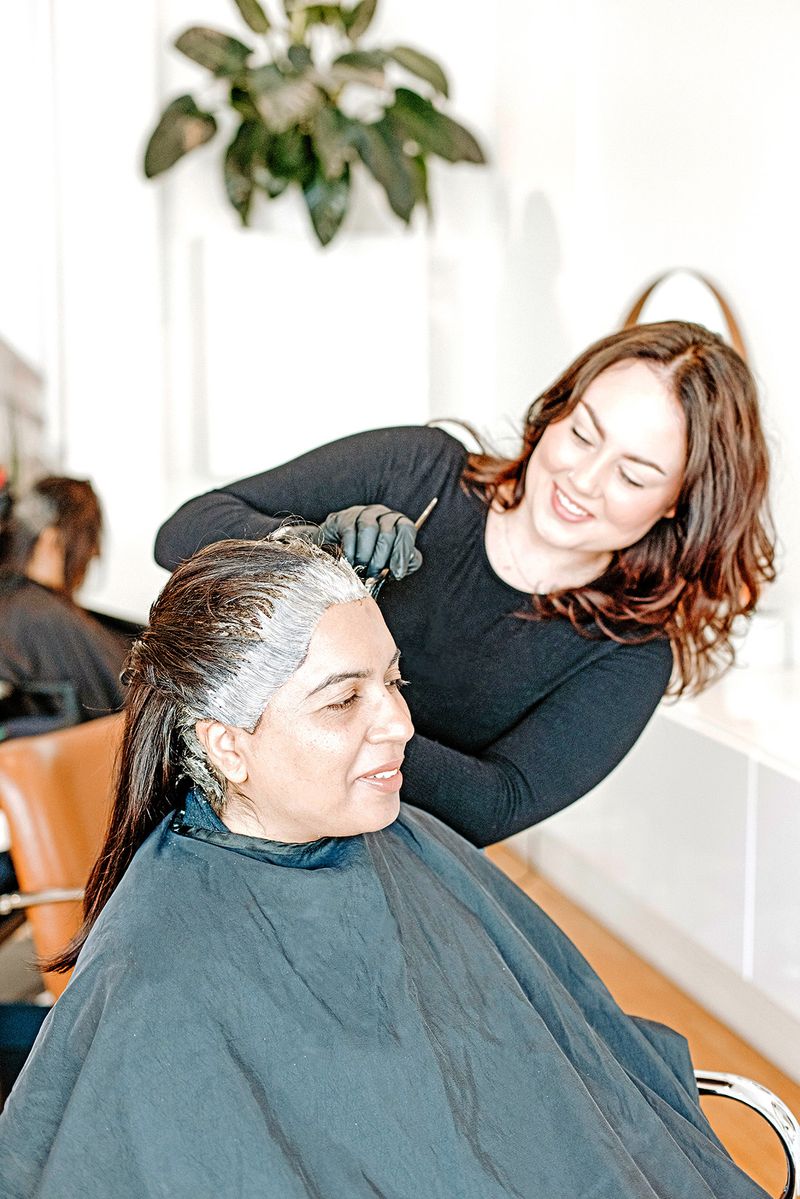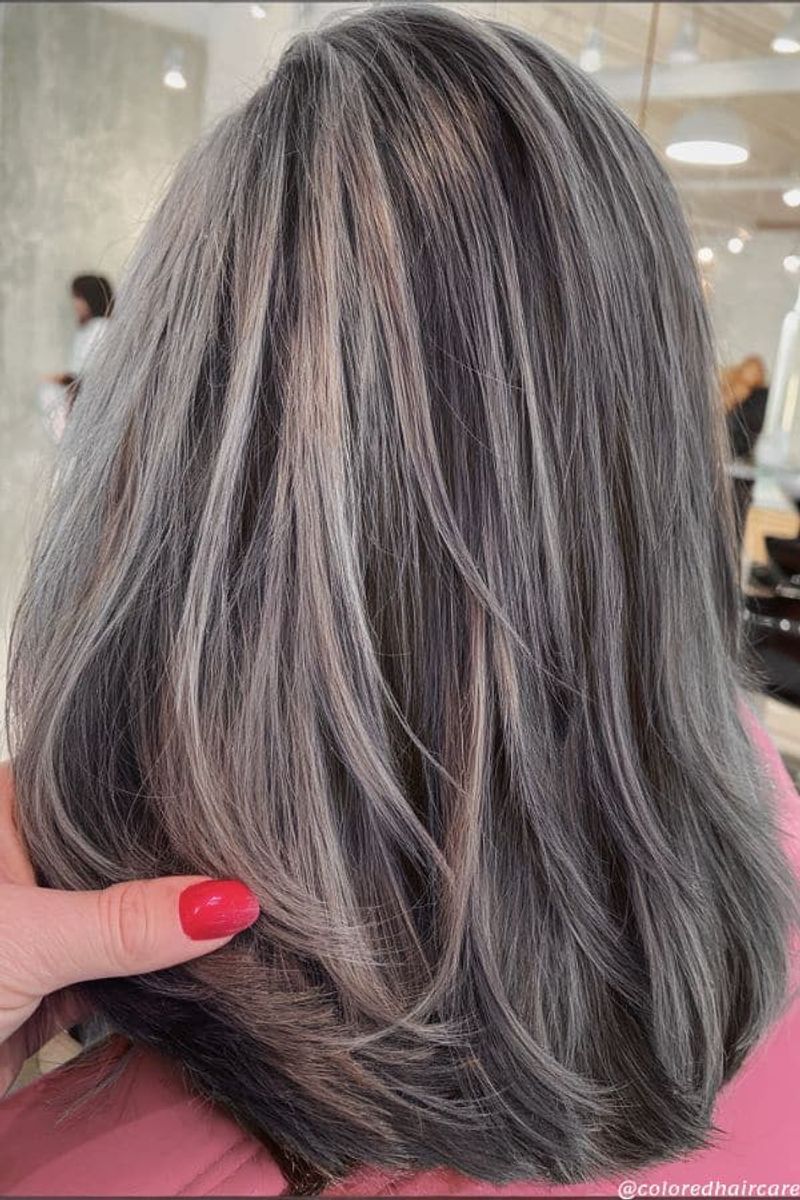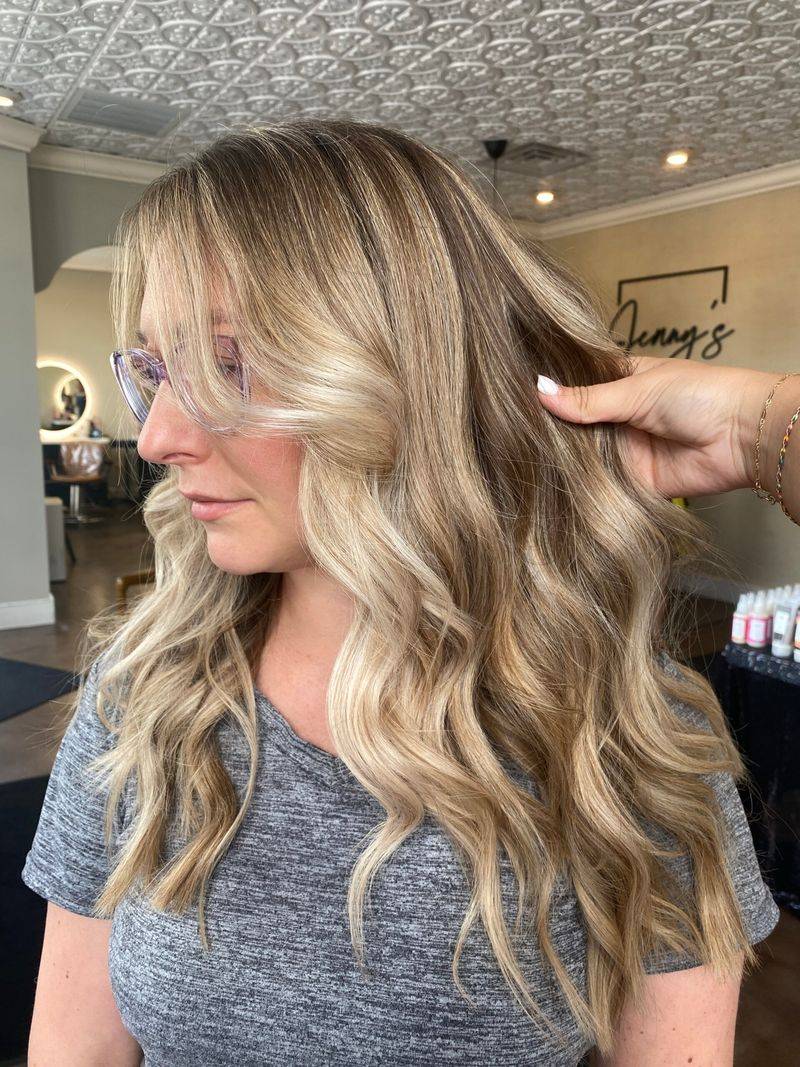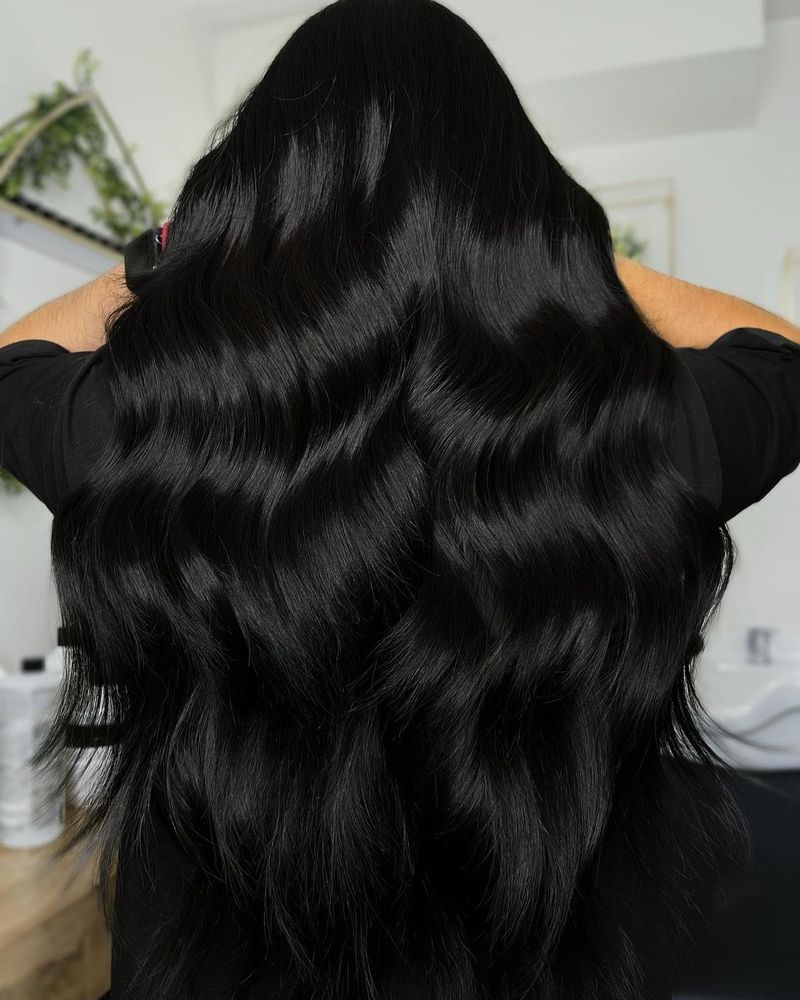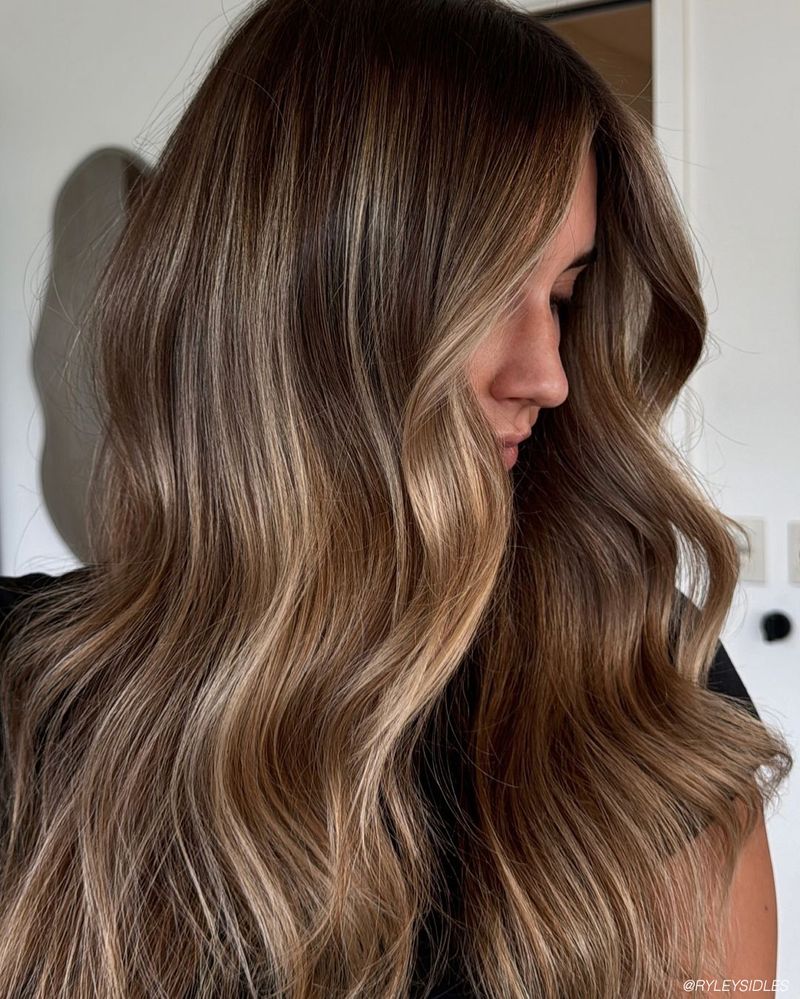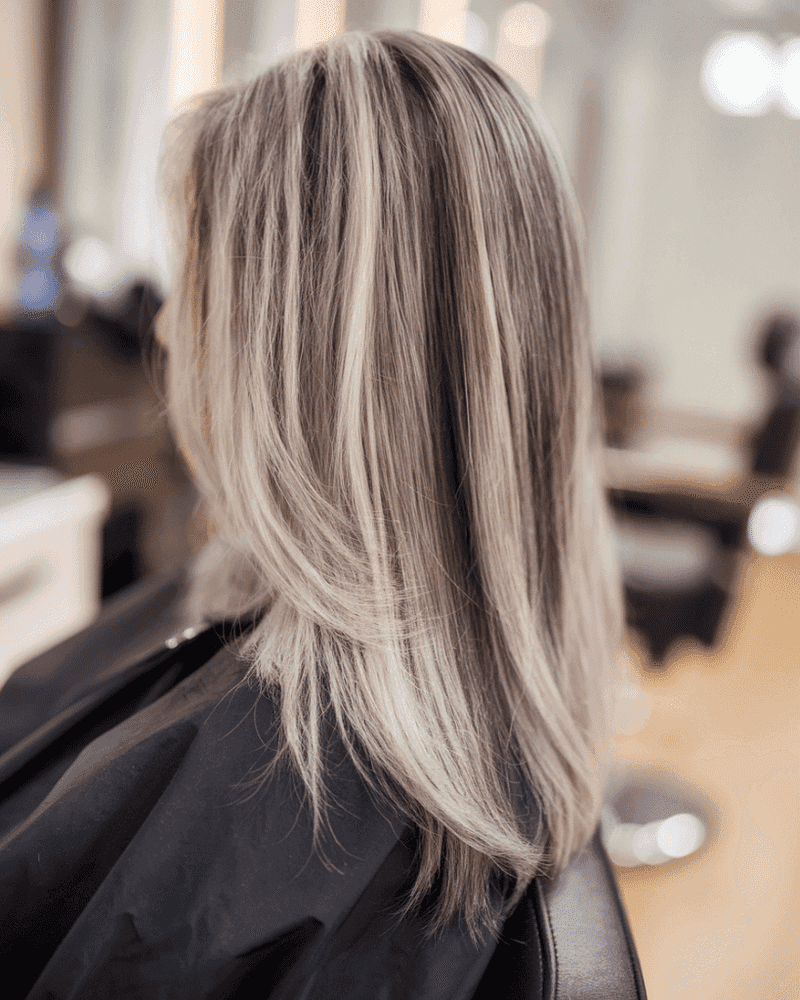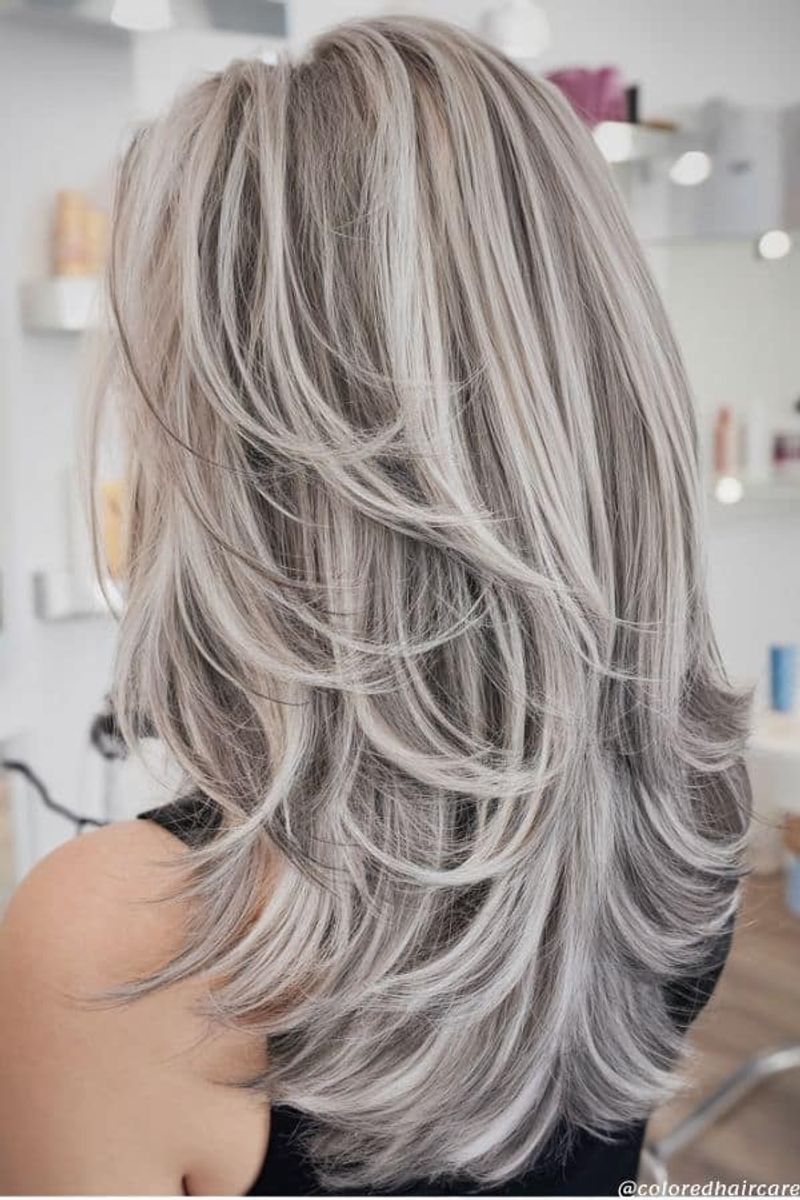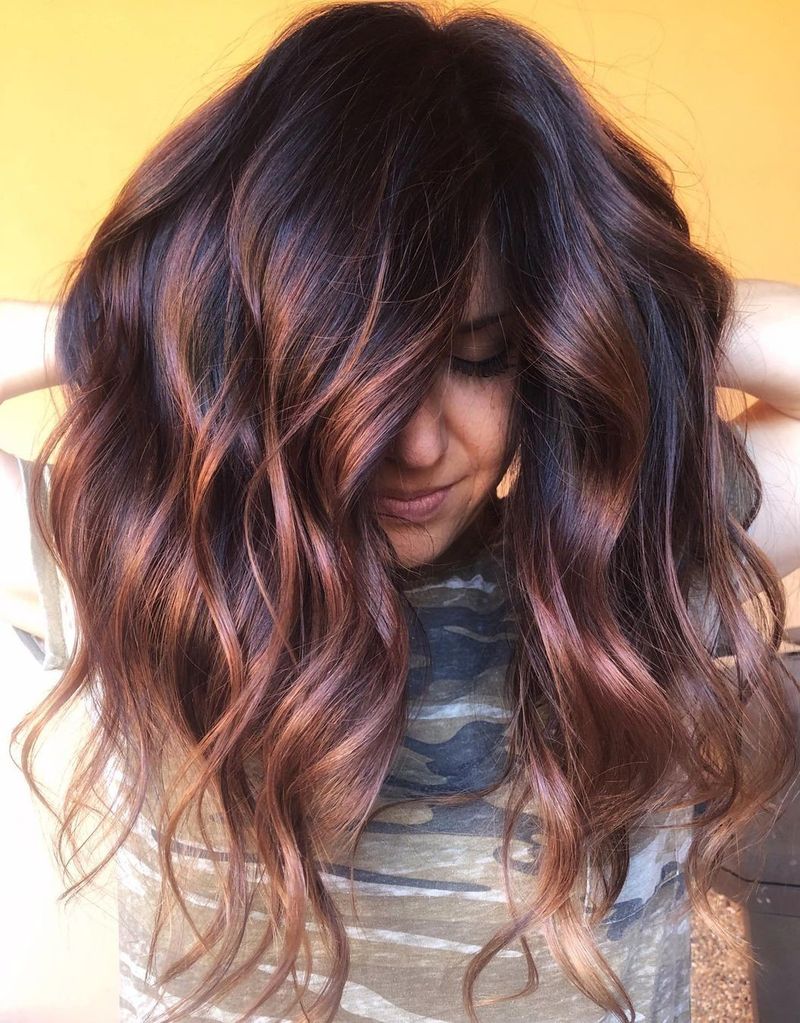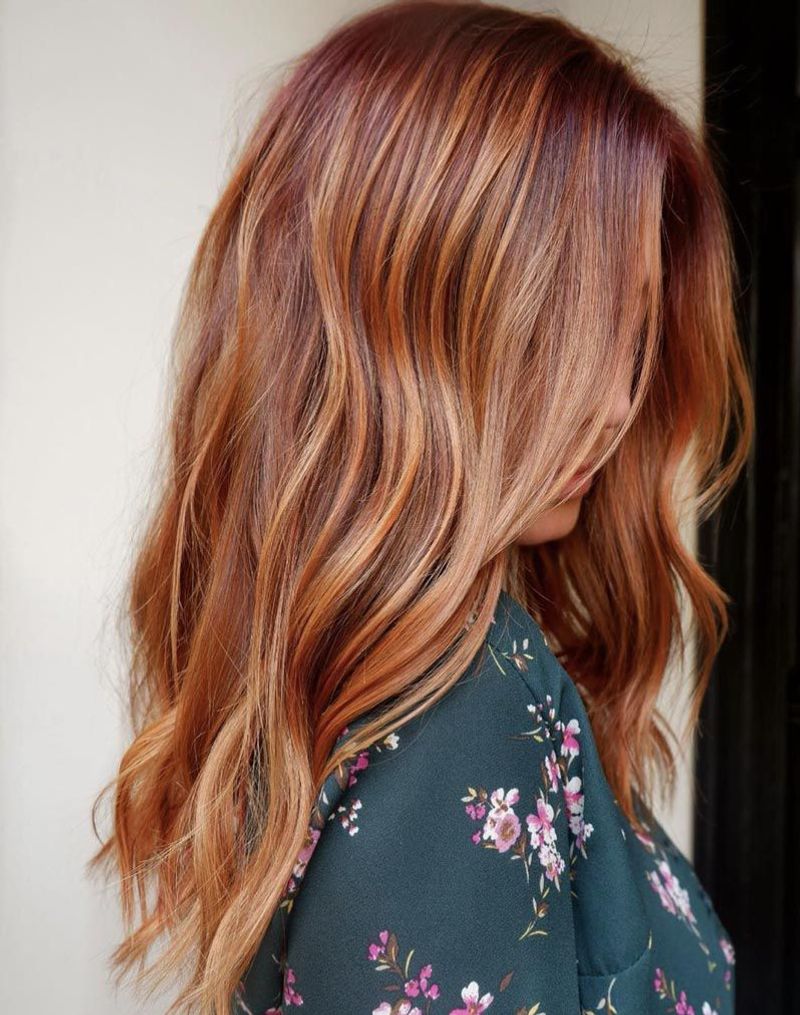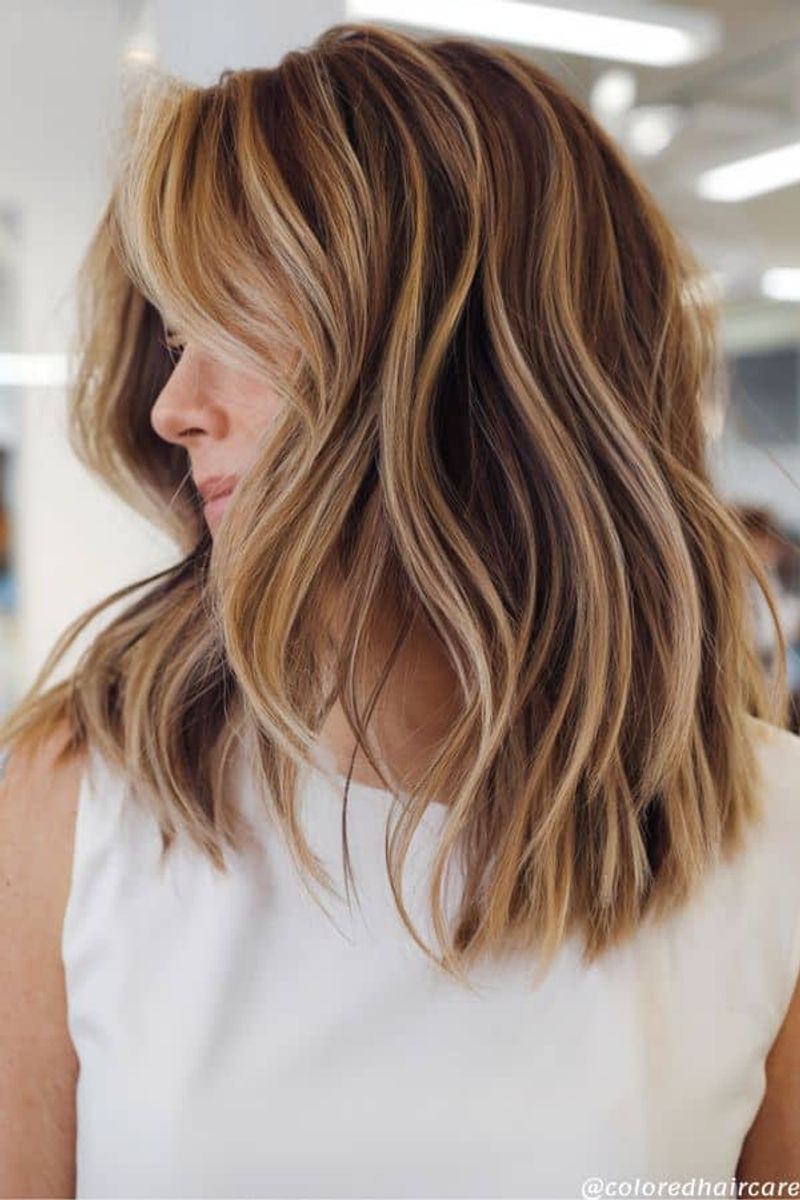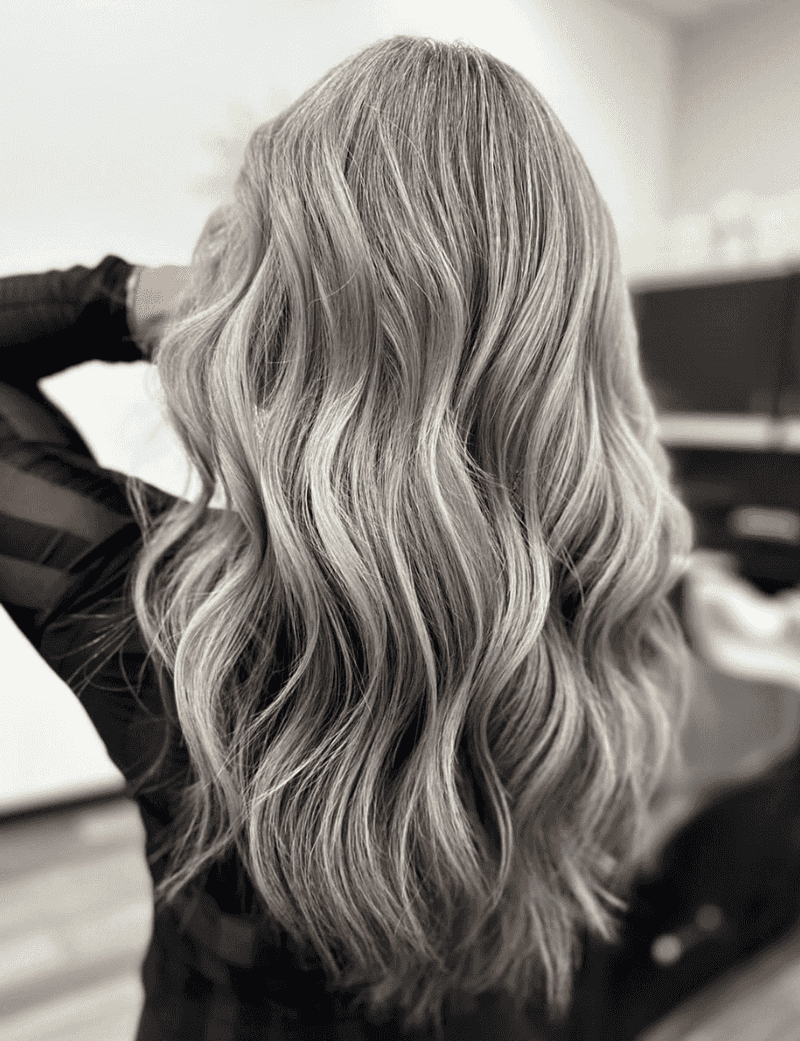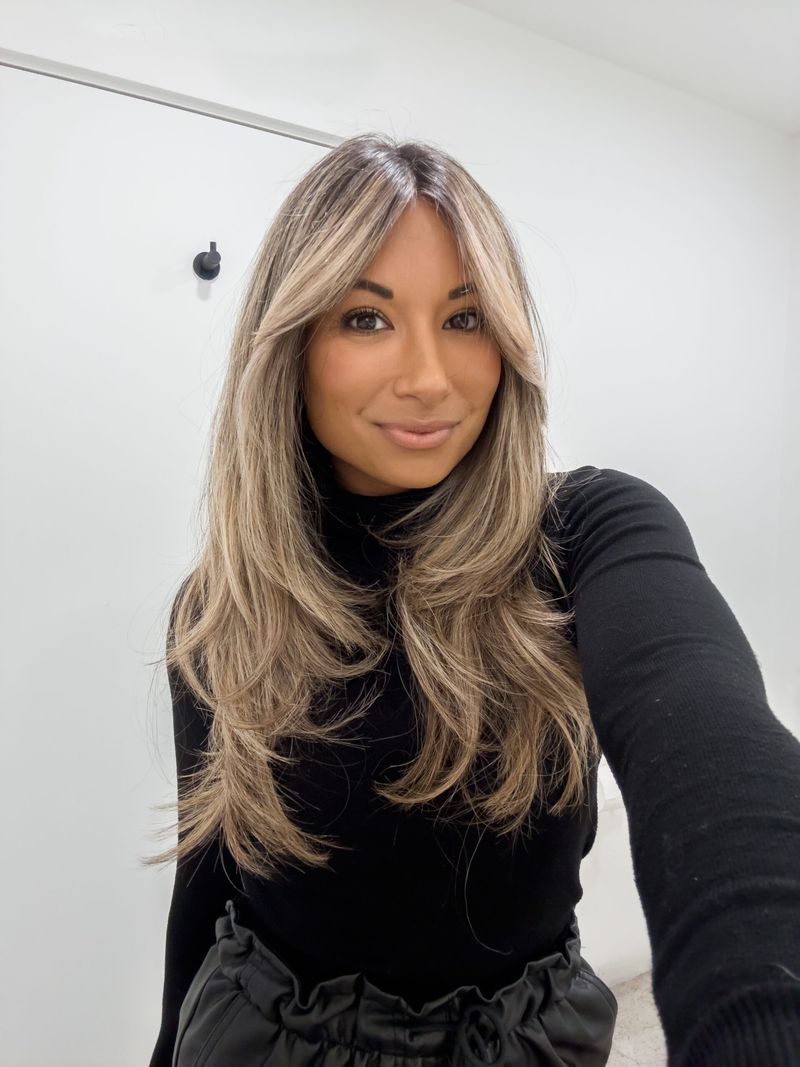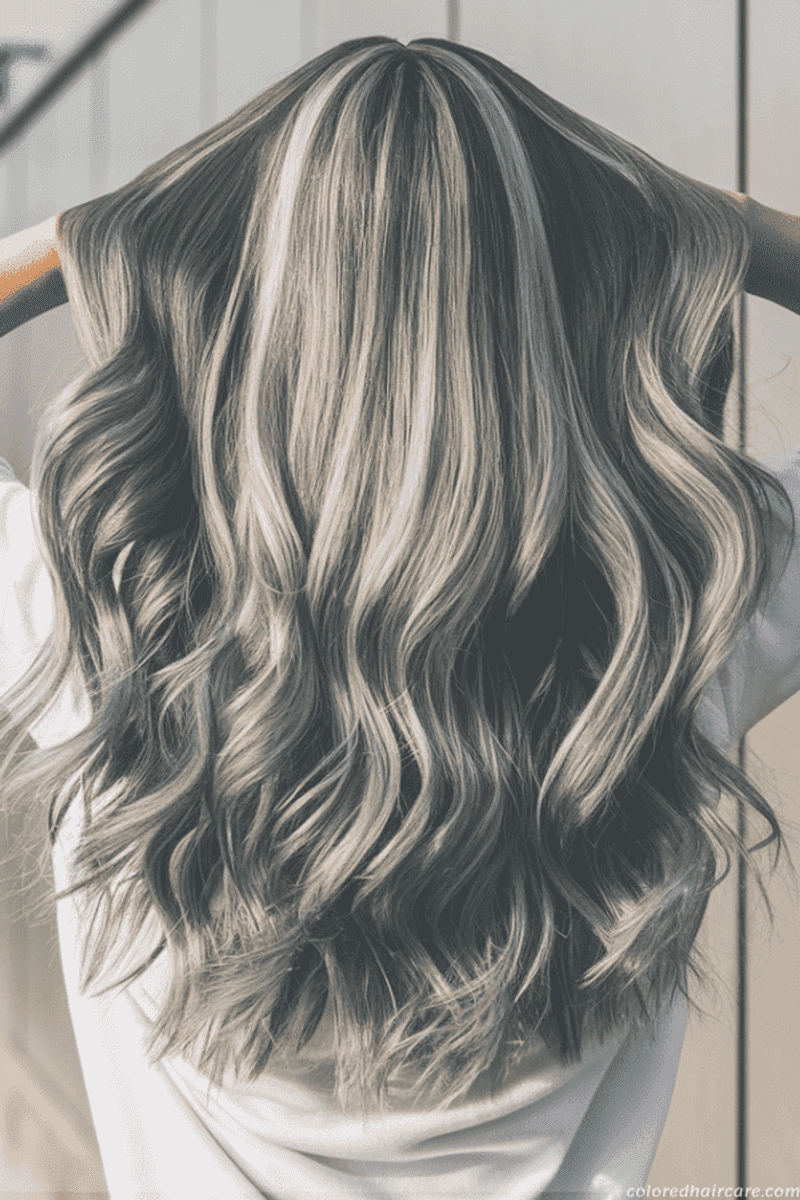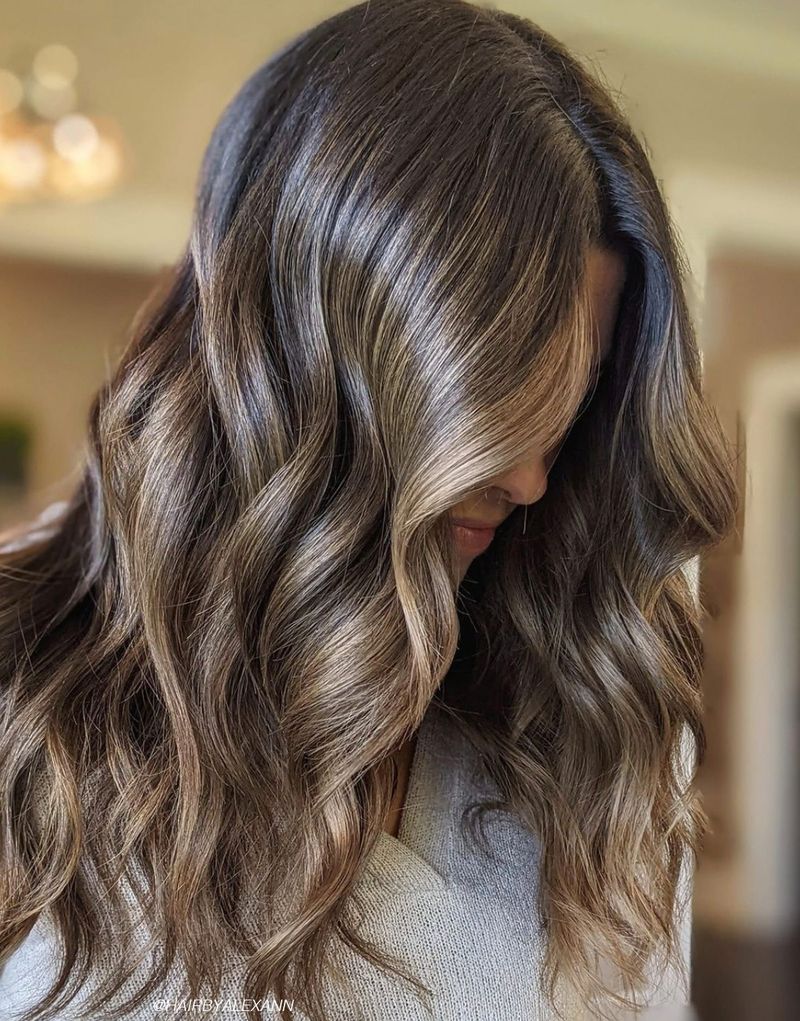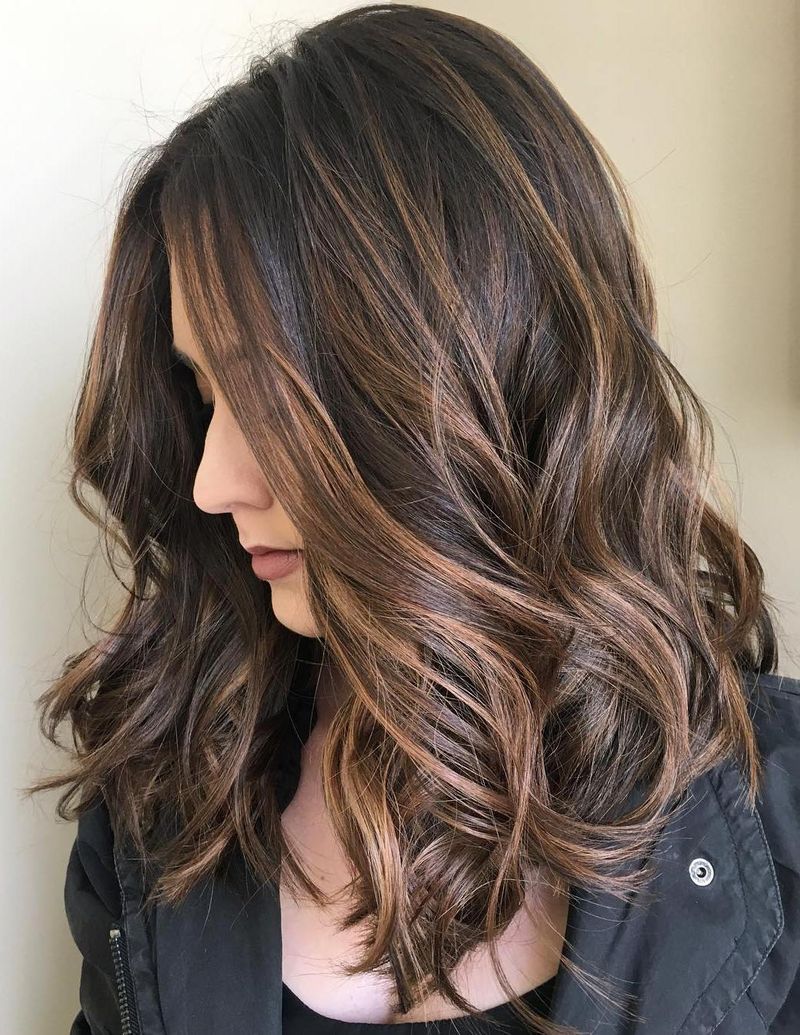Looking to refresh your hair color but not sure where to start? As we age, our hair needs change, requiring different approaches to coloring. These practical tips will help you find the perfect shade and technique to complement your mature beauty while keeping your locks healthy and vibrant.
1. Go Lighter, Not Darker
Harsh dark colors can highlight fine lines and wrinkles. Opt for softer, lighter shades that naturally complement aging skin and bring a youthful glow to your face.
2. Embrace Your Gray
Silver strands can be stunning! Consider enhancing natural gray with special purple-tinted shampoos rather than covering it completely. This celebrates your authentic self while looking polished.
Related: -21 Stunning Ways to Rock Gray Hair After Ditching the Dye
3. Consult a Professional Colorist
DIY disasters happen more often than you’d think. A professional colorist understands mature hair needs and can create custom blends specifically for your skin tone and texture.
4. Try Lowlights for Dimension
Flat, one-dimensional color ages you instantly. Adding subtle lowlights creates depth and movement, mimicking the natural variation younger hair has. The result looks more authentic.
5. Choose Warm Face-Framing Highlights
Strategic highlights around your face reflect light upward, creating an instant brightening effect. Think honey, caramel, or golden tones that warm your complexion and minimize shadows.
6. Avoid Harsh Black Dyes
Nothing ages a face faster than severe black hair dye. The stark contrast against mature skin creates a harsh, unnatural look. Soften your approach with deep browns instead.
7. Use Demi-Permanent Color First
Not ready for permanent commitment? Demi-permanent formulas fade gradually without harsh roots, allowing you to experiment with less risk. Perfect for color-shy beginners!
8. Consider Your Eyebrows Too
Matching your brows to your freshly colored hair creates harmony. Too-dark brows with light hair or vice versa can look disconnected. Ask your colorist for advice.
9. Protect Color with Proper Products
Regular shampoos strip color faster than you’d imagine. Invest in sulfate-free, color-safe products specifically formulated for dyed hair to maintain vibrancy between salon visits.
10. Schedule Regular Touch-Ups
Gray roots become obvious quickly. Mark your calendar for maintenance appointments every 4-6 weeks. Consistent upkeep prevents that obvious grown-out look that adds years.
11. Try ‘Rooting’ Techniques
Fear constant root maintenance? Ask for intentional shadow roots that blend grays naturally. This trendy technique requires less upkeep while looking deliberately stylish.
12. Adjust Color Seasonally
Summer sun naturally lightens hair, while winter calls for richer tones. Subtle seasonal adjustments keep your look fresh and prevent that artificial, same-all-year appearance.
13. Condition Before Coloring
Mature hair tends toward dryness. Deep condition 48 hours before coloring—never immediately before—to help color absorb evenly without damaging your precious strands.
14. Consider Your Wardrobe
Your favorite clothes should complement your hair color. If you wear mostly warm tones, auburn or golden highlights work beautifully. Cool-toned wardrobes pair with ashier shades.
15. Beware of Brassy Tones
Blonde or highlighted hair often turns brassy. Purple shampoo once weekly neutralizes unwanted orange or yellow tones. Just don’t overuse—it can create an overly cool effect.
16. Nourish From Within
Beautiful color starts with healthy hair. Boost your diet with biotin-rich foods like eggs and nuts. Hydration and omega-3s also improve hair’s ability to hold color.
17. Add Shine Treatments
Aging hair naturally loses luster. Clear gloss treatments at the salon or at-home shine serums instantly revitalize dull color. The reflective quality takes years off!
18. Mind Your Medications
Certain prescriptions affect how hair accepts color. Always inform your colorist about medications you’re taking. They might need to adjust formulas for optimal results.
19. Protect Color From Sun Damage
UV rays fade hair color dramatically. Wear hats during peak sunshine hours or use UV-protective sprays. Your color will last significantly longer with this simple step.
20. Consider Your Lifestyle
Low-maintenance types should avoid high-contrast colors requiring frequent touch-ups. Swimmers need extra protection from chlorine. Your daily activities should guide your color choices.

